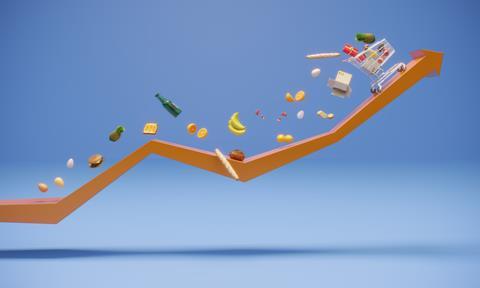
Grocery volumes dropped for the first time this year as prices continued to spike at a faster pace in June, according to the latest Kantar data released this morning.
Inflation in supermarkets ramped up again to 4.7% in the four weeks to 15 June, its highest level since February 2024.
The figure compared with 4.1% in the previous month and followed the Office for National Statistics last week revealing prices of food and non-alcoholic drinks climbed 4.4% in the 12 months to May, which is the highest rate of food inflation since February last year.
Overall volumes slipped by 0.4% during the month, the first year-on-year decline this year.
But Kantar said higher prices didn’t put shoppers off making 490 million trips to the supermarket over the month, averaging almost 17 per household.
Footfall hit a five-year high in the four-week period as take-home grocery sales increased 4.1% year on year.
The rise in frequency was balanced out by a drop in average trip spend, which fell back by three pence to £23.89.
“Consumer concerns over price are continuing, and this is reflected in the figures,” said Fraser McKevitt, head of retail and consumer insight at Kantar.
Sales of own label ranges grew at 4.2% this month, ahead of branded lines, as shoppers looked to balance budgets. And deals remained an important tool for retailers, with the proportion of spending on promotion climbing to 28.8% this period.
Ocado was the fastest-growing grocer once again, with sales up 12.2% in the 12 weeks to 15 June.
Lidl was the fastest-growing of the bricks-and-mortar grocers as sales increased 11.2% – its third consecutive month of double-digit growth.
The discounter also increased its share of the market by 0.4 percentage points to 8.1%, while Aldi increased its share to 10.9% as sales rose by 6.5%.
Tesco also grew market share in the 12-week period, with a 0.5 percentage point increase taking it to 28.1%. Sales at Tesco rose 7%.
Sainsbury’s share nudged up in the past 12 weeks to 15.2%, as sales grew by 5.7%. Morrisons now holds 8.4% of the market, with spending rising by 2.2%.
Asda’s market share stands at 11.9% with sales through the tills 1.7% lower than a year ago, but this represented an improving trend as the Leeds-based retailer looked to return to growth over the summer months. Waitrose boosted sales by 5.5% – the highest since March 2021, meaning it now holds a 4.5% portion.
Convenience retailer Co-op accounts for a 5.3% share, while frozen food specialist Iceland retains 2.3%, with sales climbing by 1.9%. Spending on groceries at M&S rose by 12% over the same period.
Kantar speculated a small part of the fall in volumes in the month to 15 June could be down to changing health priorities such as the growing use of GLP-1 weight-loss drugs.
“Supermarkets and grocery brands are entering new territory as weight-loss drugs become more popular, with four in 100 households in Great Britain now including at least one GLP-1 user,” McKevitt added.
“That’s almost twice as many as last year so while it’s still pretty low, it’s definitely a trend that the industry should keep an eye on as these drugs have the potential to steer choices at the till. Four in five of the users we surveyed say they plan to eat fewer chocolates and crisps, and nearly three quarters intend to cut back on biscuits.”





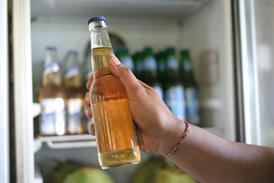



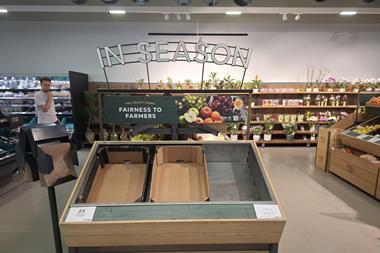



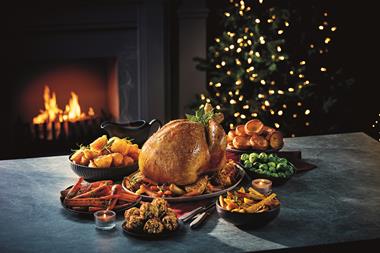



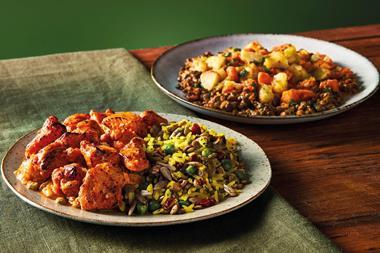
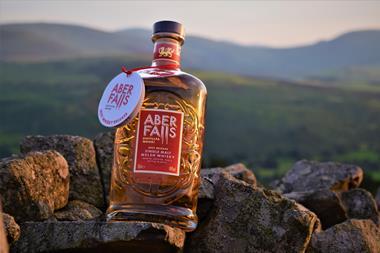
No comments yet